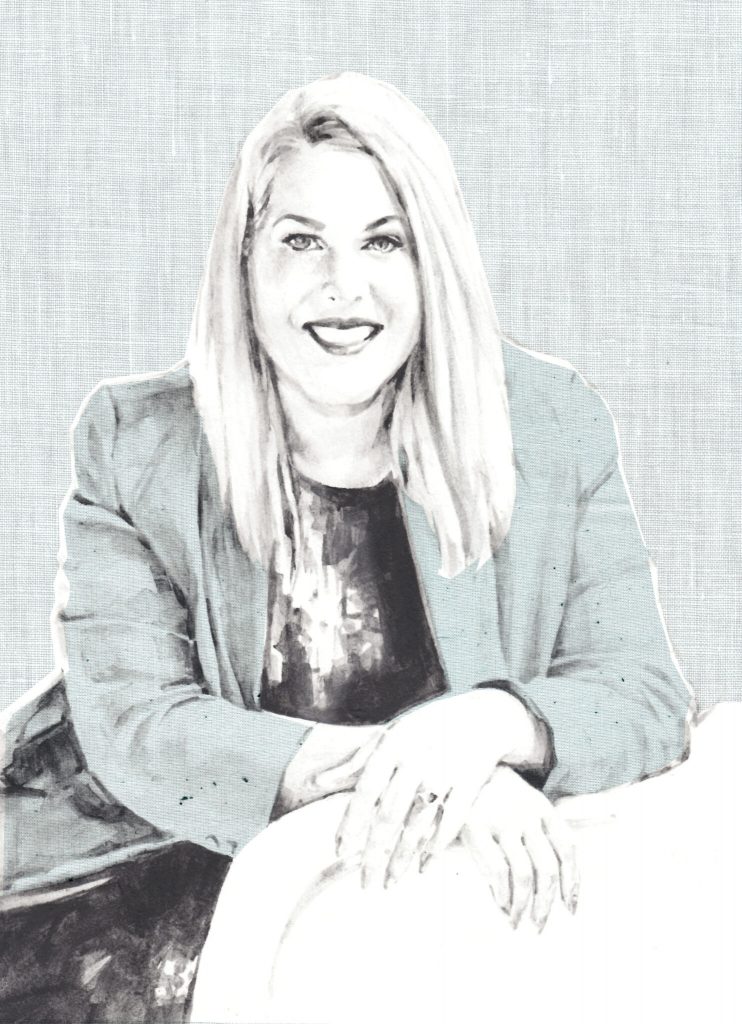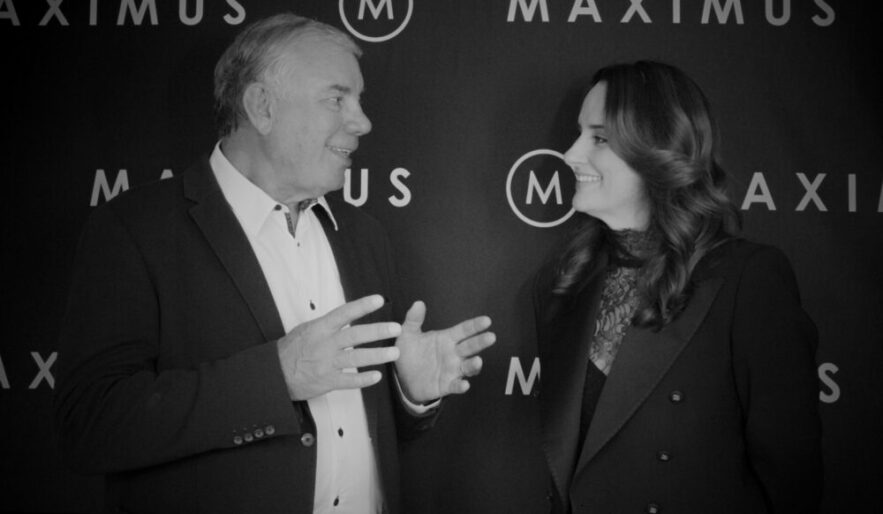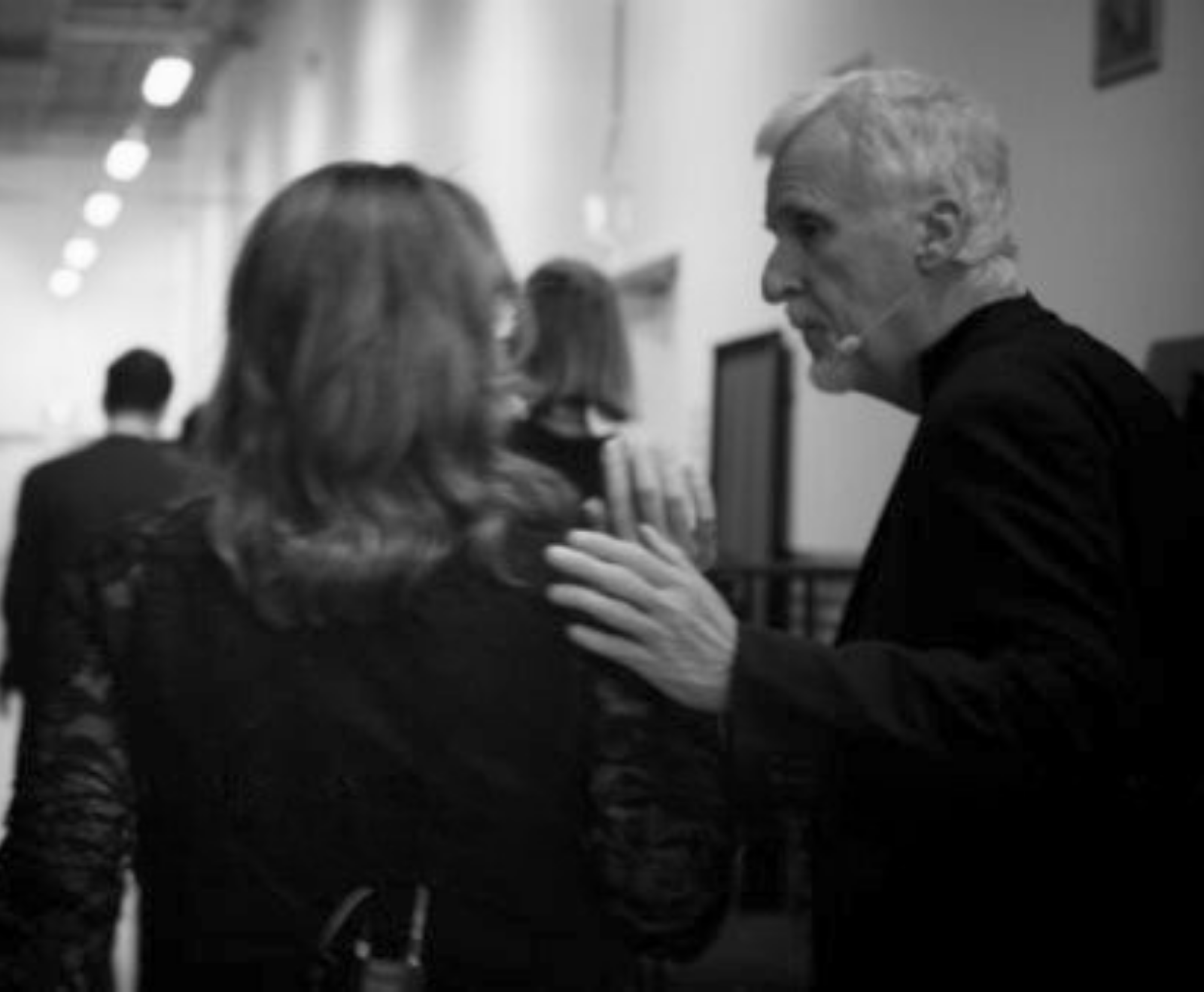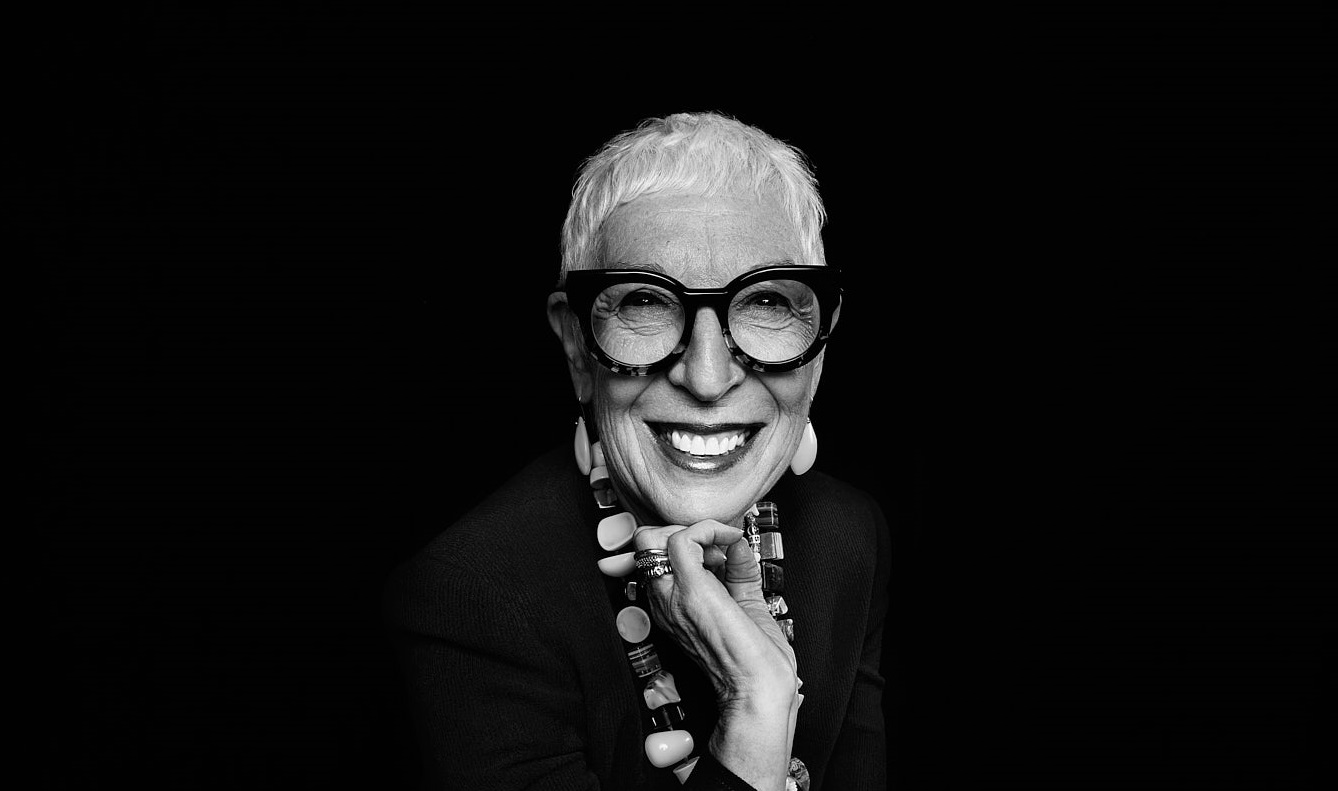“There’s far more creativity than I’ve ever seen in my 20 years as a leader, and that’s what excites me the most about the future”
– Katherine Boiciuc, Director at Maximus
Society in general is unaware of what the next 10 years is going to mean in terms of the tectonic shifts in the megatrends globally, and what that means for how we work, live, create, and love.
If people understood the degree in which things are changing, and what that means for leadership and for their organisation, and for their abilities to have an impact in terms of the legacy they can leave, they would take the time to really become sharp in their focus on the future.
It’s really about the transition from 20th-century leadership to 21st-century leadership and the reason I’m in this space is because there has never been a more exciting time to be part of shaping the future of leadership.
The things to think about include the emergence of cobots, the emergence of Web 3.0 and what that means in terms of digital transformation. The way we think about currency is changing, the way we think about technology is changing. It requires us to lift our leadership gaze to a much more macro level. What that means for the role of leaders in the future, and the impact that we have, there’s a shift in mindset. Leaders are going to become much more focused on becoming great global citizens and thinking about the impacts they leave on humanity.
Successful leaders are going to have a servant mindset and that goes beyond serving their customers, it’s also about serving their communities, their ecosystem, and their own people, who are part of their tribe.
It’s going to require a constant juggling of ingredients, and trialling and testing those recipes to surface the ones that are successful. From a skills point of view, the role of the futurist will become a given – we won’t remember a time when there wasn’t a futurist in the room.
Futurists are here to make sure organisations are not surprised about what the future might bring. They stay on top of trends; they have hyper-connected networks; and their skills will be among the most in-demand by organisations in the next decade.
“The ambitious entrepreneur explorer who can build business development and create growth is going to be important.”
– Katherine Boiciuc
The challenge for us at Maximus is taking that deep specialisation of understanding the future and sprinkling enough of that knowledge through the leaders of today so that they start to become really comfortable in pulling the future forward.
That capability requires leadership to be far more digitally native. I tell the leaders we work with now that they are all technology teenagers. What that means is they don’t have to be experts in the practical applications, or the code or the underlying architecture. But you have to know, in Lego-brick terms, what are the important things you need to have in your ecosystem in order for you to continue to make meaningful progress as Web 3.0 comes to life.
Those basic so-called ‘soft’ human skills of leadership are still going to be essential, too. The ambitious entrepreneur explorer who can build business development and create growth is going to be important. Equally important is the leader who is the coach, who can give deep care, build talent, accelerate people’s opportunity and potential. They are still core tenets of what we need from leaders of the future.
But if you don’t have that lens of the futurist in play, and you don’t embrace that technology teenager within, you’re going to be left behind, and you’re going to leave your organisation behind.
I see that there’s going to be two camps of leaders. One will be that really reactionary leadership that will resort to the command-and-control 20th-century style of making sense of the world. In the other camp there will be those who will lean in and become far more comfortable with the ambiguity of creating the future.
I’m here at Maximus because I want to arm as many leaders with those new skills as possible. Australia as an innovation nation can globally export its talent around the world. We’ve done it before, we’ve seen those stars rise, such as Atlassian and Canva. That will continue only if we incubate this next generation of leaders to be really confident and comfortable with pulling the future forward for themselves and their organisation.
It is a big shift. I go back to the basics of ‘you can’t be what you can’t see’. People who might feel like the futurist or technology teenager is a leap too far will be more comfortable if we first set them off exploring. That’s where we take leaders to see what the future looks like. We take them to the best minds in venture capital, we take them to the leading artificial intelligence and machine learning firms around the world, we take them to the people that are the ‘soonicorn’ founders, and we show them what is being built right now that is going to change our lives in so many ways.
Once you show someone a glimpse of what the edge looks like, you can’t unsee it. You’re forced to take that lens back inside your organisation, and you have a choice on what you do with that inside. You can continue to hold tightly onto the current state, or you can start to let go of some of the things that you’re holding on so tightly and create capacity and space to start sensing and shaping and scaling. What could those new opportunities and adjacencies for growth springing from your core and anchored to your purpose look like?
What we do at Maximus is unlock the explorer, and once you’re in that exploring phase, it’s much more comfortable to then start to decide whether or not you want to spend more time there. And futurists are deeply curious. There are leaders who are deeply curious already that have great deep domain expertise and when you show them a glimpse of the future, in my experience, it becomes quite addictive.
The next generation of futurists are going to be similar to me. They will be leaders who were curious to explore what was possible and saw the world’s best, and then took that information back inside their organisation and did something material about it, which then changed the trajectory of the growth of their organisation.
That’s what it was for me, at Telstra. I think it really started in earnest in 2015-2016, when I made my first future-discovery trip around the world. For example, even back then, I saw boardrooms that had an Amazon Alexa or Google Home in there, but no desktops, no laptops or phones in sight. Executives had pen and paper and as they were talking, the light bulb would change colour from red to green. I asked someone why and they said, ‘Why don’t you ask Alexa?’ Alexa said, ‘We currently have an outage in Chicago, it’s impacting 147,000 customers, a severity-one ticket has been raised and likely restore time is 48 minutes. No further action required from leadership at this stage.’
This was at the Institute for the Future, a not-for-profit think tank in Palo Alto. I said to them, ‘This doesn’t feel real!’ And they simply replied that gone are the days when leaders spend their time reading 100,000 pages of documents a year. They need to be spending more time thinking and looking outside their organisation. Technology accesses the information that you need and you just ask for it with voice-activation technology.
They really just had those devices, pen and paper and themselves in the meeting room. The obsession with having phones and other screens in meetings in Australia is not the same as in other boardrooms and executive suites. I can only imagine what’s happening by now – how many of them are just wearing smart glasses?
It’s very relaxed. And farewell to PowerPoint, it’s all in stories. What’s interesting is that we’ve gone forward and regressed to the beginning of time. Think about the power and longevity from Australia’s First Nations people, sitting around a fire and telling the story, and the stories are passed on. It’s all about deep connection, deep curiosity and deep care. All of the beeps and buzzes and urgent things to write and read are removed. There’s far more creativity than I’ve ever seen in my 20 years as a leader, and that’s what excites me the most about the future.
There are leaders who are really comfortable with that, and leaders who will find that terrifying. Of course, it is a real skill to be able to tell a story in this way, and we do a few things for the leaders we’re working with to help with that. One is working with individuals on developing their own personal story.
Quite often, the way we think about ourselves is through the labels that other people give us, whether we describe ourselves as our job title, where we live, our socio-economic status and so on. We haven’t actually had the opportunity to have someone work with us to ask, ‘What is your story?’ When we work closely with an individual leader to ask them who are you, where do you come from, what is it that you’re here to do, it’s amazing what happens. The transformation we see in individuals – you can almost see them change when they bring that truth of their personal story to life and say it out loud. It’s quite remarkable.
“Today we are seeing rooms full of leaders, debating, storyboarding and creatively abrading to build strategic narratives. And of course, what they come up with is far more powerful than what one individual could ever write.”
– Katherine Boiciuc
The other gap is the art of the strategic narrative, and that’s another skillset Maximus is working on developing in teams. It’s quite a feat to stitch together the purpose and the strategic imperatives and the end-state vision together into a compelling narrative that builds hope, belief and followership. In the past, that was someone’s job in the strategy or comms team to write those types of ‘stories’. Today we are seeing rooms full of leaders, debating, storyboarding and creatively abrading to build strategic narratives. And of course, what they come up with is far more powerful than what one individual could ever write.
This will be much more in demand – all leaders will need to have that storytelling capability. The power of the narrative is back: Over the next decade, you’ll start to see the truly great storytellers and orators rise up.
In terms of Maximus, we’re two decades old but we’re only at the beginning. In the past 20 years, Maximus has touched 90,000 leaders. I see us touching a million in the next decade. That will happen in two ways: we will continue to grow as a tribe, and as we start to introduce artificial intelligence and technology into our purpose-based leadership, commercial strategic thinking and the best of psychology, and we overlay that with technology, it allows us to reach further than if we were to do it human by human one at a time. We can push these learnings more deeply into organisations than ever before.








